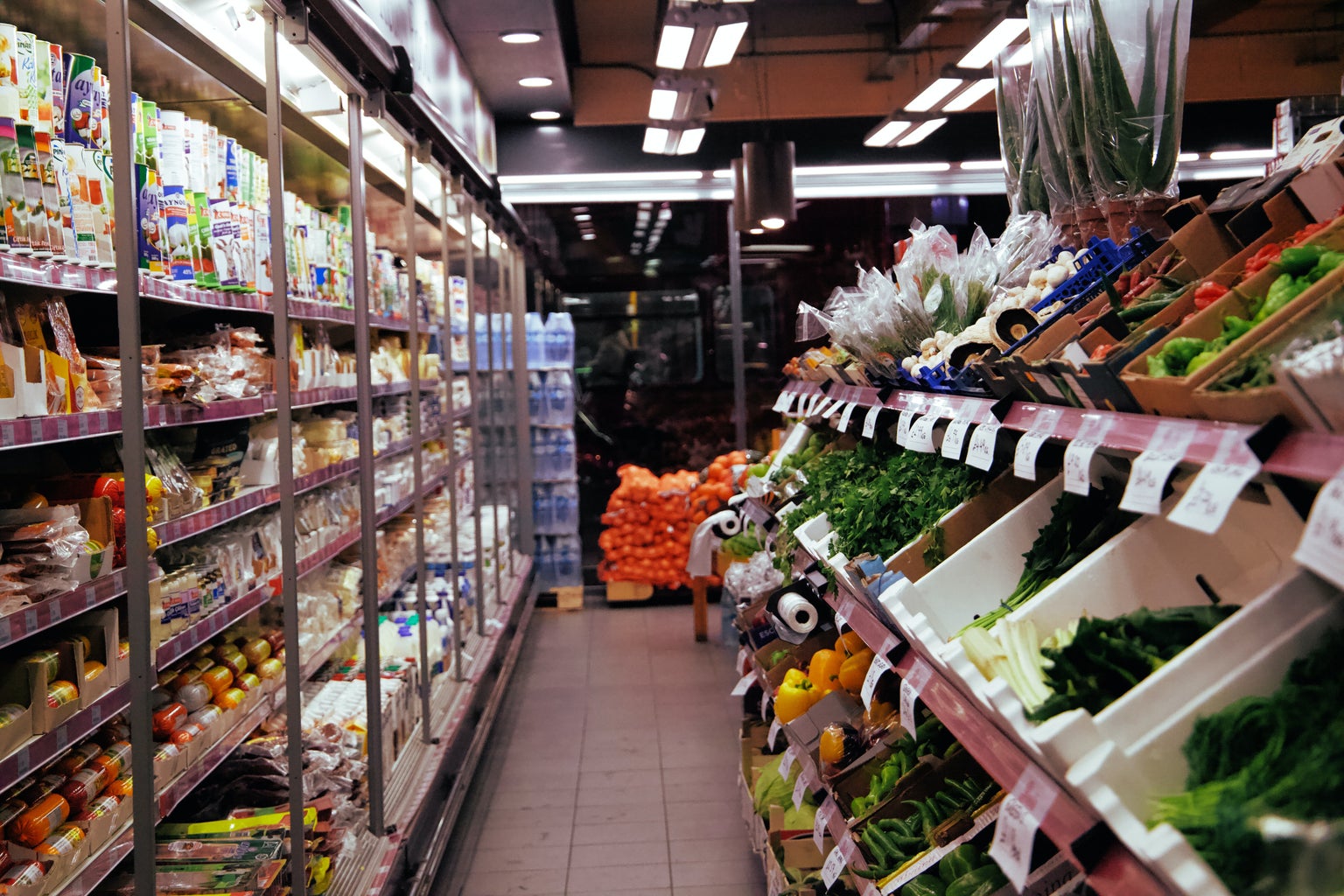Do you ever visit a new area and ask yourself, “where do these people shop for groceries?”. For some communities, the closest grocery store is more than a thirty-minute walk away and a store with fresh fruits and vegetables is even farther. Areas where this phenomenon occurs are known as food deserts and they dramatically impact the well-being of the communities they are within.
Food deserts are rooted in classism and racism, primarily affecting low-income communities of color. Without access to a grocery store nor public transportation, many of these individuals have no option but to continuously rely on corner stores and fast food chains to survive. Over time, this has the possibility to cause severe health consequences that can last generations. Decreased access to healthy foods can lead to compounding health issues such as diabetes, heart disease, and obesity. Food deserts have developed into a public health emergency that is killing individuals residing within them.
Unfortunately, this crisis has become a norm across America that continues to perpetrate a cycle of racism and gentrification, dating back to segregation . With the rise of “upscale” grocery stores like Trader Joe’s and Whole Foods, this problem has only worsened as these retailers continue to neglect communities that they do not view as their “ideal” customers. Many individuals and marketing experts sum this up to “a brand” that certain companies have created, but the reality is that food deserts are preventable and accountability must fall onto city leaders and the chains that refuse to expand into communities of color.
The Dark History of Food Deserts
The existence of food deserts originates in urban planning coupled with a lack of public resources. This, in conjunction with gentrification, has only worsened the isolation that communities have felt for so long.
Gentrification has uprooted thousands of communities across the nation and as food retailers continue to move to follow it they build their new locations in gentrified communities–instead of urban areas leaving food deserts in their wake. As newer, more affluent individuals continue to move in, real estate prices begin to rise, the cost of living increases, and long time residents are forced to leave after not being able to keep up. As neighborhoods become gentrified, higher-scale retailers, especially grocers come, focusing their resources and diverting stores in rich-white neighborhoods. This phenomenon is called the “Whole Foods Effect”, named because the presence of a Whole Foods typically raises property value in that area.

Across the United States, in both urban and rural areas, Americans struggle to access healthy and affordable food. Indigenous American communities are constantly forced to choose between their sovereignty and survival. For example, the Oglala Lakota people of South Dakota’s Pine River Reservation must rely on 95% of their goods to be shipped from outside their land. This is a severe food desert that does not allow the Oglala Lakota people to maintain their independence.
A Public Health Emergency
Living in a food desert makes an individual more likely to experience life-threatening health issues. As a result of limited access to healthy and affordable foods, families in these areas rely on corner stores and fast food chains to survive. In moderation, this lifestyle may not have lasting effects, but over decades and throughout generations it is killing Americans.
Cardiovascular disease, obesity, and diabetes are just some of the illnesses that more commonly afflict those living in food deserts. These individuals are dying sooner and living with lower qualities of life. Cases of type two diabetes in Americans have doubled in the past twenty years, with the greatest increases occurring in Black and Brown communities. The same is true for cardiovascular disease–more Black Americans die annually from heart disease than their white counterparts, even though they make up a dramatically smaller portion of the total population.
When individuals are raised in a food desert their health for the rest of their lives is dramatically impacted. Children develop eating habits that will stay with them for the rest of their lives. Children residing in food deserts have an increased rate of diet-related illnesses and are not properly taught how to maintain a healthy diet and lifestyle. When only fast food restaurants are available near schools there is a clear jump in obesity rates, going as high as a 5.2% increase.

Food Insecurity in Washington D.C.
A study conducted by the D.C. Policy Center found that 11.3% of the city is a food desert. Washington D.C. is one of the most gentrified cities in America and wealth is very obviously concentrated in the Northwest wards. This impacts a large portion of D.C. residents, with 14.5% of the residents being food insecure. More than three-quarters of D.C.’s food deserts are located in Wards 7 and 8, an area in which median income is far below the national poverty line. There are a total of 49 full-service grocery stores in D.C., only three of them are located in Wards 7 and 8.
While I love Trader Joes just as much as the next person, its accessibility to American University students is no mistake. Within walking distance of Tenleytown there are three major grocery stores, Trader Joe’s, Whole Foods, and Giant. Living in this bubble of Northwest D.C. it is easy for students to forget that our small area of the city is vastly different from the rest. We are actively benefiting from racist and classist policies that have uprooted D.C. natives and continue to worsen their standard of living.
What Can We Do?
Food deserts are a compounding issue that requires immediate and comprehensive action. There is little that can be done on an individual level to combat the existence of food deserts, yet there are many things that every individual can and should be doing to support communities that are afflicted by food deserts.
Community gardens are a great way to fight back against food insecurity and to introduce healthier alternatives to neighborhoods. SWAG Project is an urban garden and community building project in Newark, New Jersey. SWAG has been a leader and advocate in combating food deserts in this community for over ten years by educating families on the importance of a balanced diet and community well-being. Projects such as this develop the resources that are needed for a healthy lifestyle, but also empower communities to advocate for themselves.
The most meaningful change will come from action being taken by urban planners and grocery stores. Urban planners have the responsibility to promote the well-being of their citizens. By promoting farmers markets and grocery stores to open close by public transportation hubs healthy foods are more accessible. By connecting existing grocery stores and farmer markets with public transportation, it connects families with healthy and affordable food options. Another step many cities have already taken is limiting the amount of “dollar stores” that open in poor neighborhoods. These stores target vulnerable communities, providing cheap and convenient options, at the price of the health of these communities. Limiting dollar stores alone will not end food deserts, but rather stop the spread of them.
These solutions are just the start to dismantling a system that has continued to disenfranchise millions of people nationwide. Implementing these solutions will certainly take time and resources, but it is a vital step towards antiracism.



